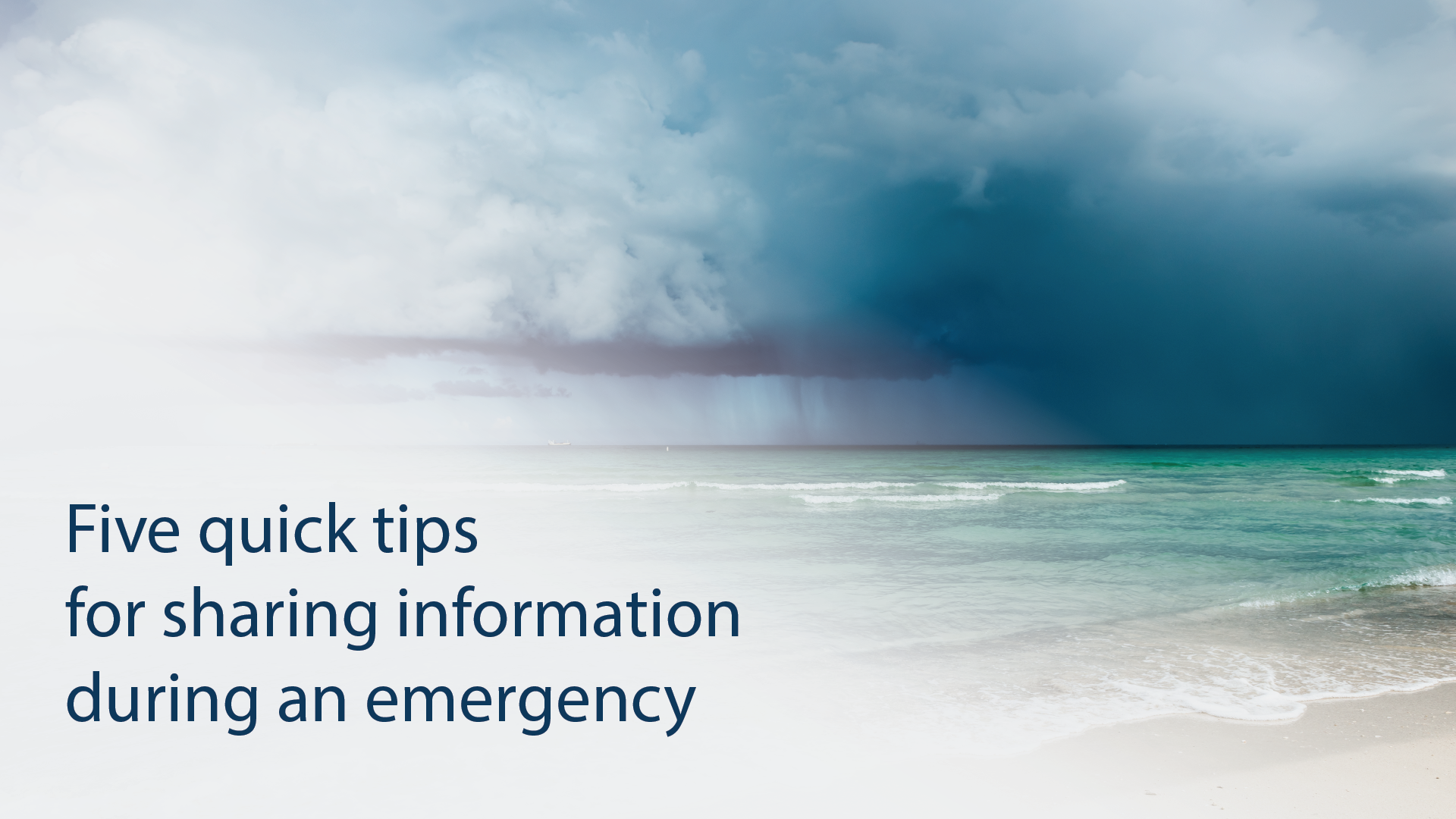As we shared in our 20th anniversary post, people have come to USAGov en Español since 2003 for official, trusted government information and services in Spanish. The site was created as a counterpart to USA.gov (then known as FirstGov.gov) and in response to Executive Order 13166 to improve access to services for people with limited English proficiency (LEP).
As a bilingual program, USAGov aims to give our English and Spanish-language audiences the information they want in the cultural context they need. This is why we focus on the concept of transcreation in our everyday work.
A combination of the words “translation” and “creation,” transcreation is the practice of writing a message that:
- Carries the same implications in both languages
- Elicits the same emotions in the new language as in the original language
- Considers differences in culture and what resonates with the target audience
Transcreation actively involves cultural sensitivity and adds a human touch that automated translators can’t. It also prevents literal or unshaped translations that can be confusing. However, the process comes with its challenges. Relying on team members to transcreate takes time and effort that online translation tools don’t need. And languages like Spanish vary by region, so content writers from different regions are influenced by different grammar rules, colloquialisms, and other factors. To keep our transcreation work consistent, we use bilingual glossaries, dictionaries, and style guides.
Here are a few of the main things we’ve learned when transcreating messaging through our USAGov and USAGov en Español outreach channels:
Analyze early and often with your team. With a broad scope of information to cover, user-generated data is at the forefront of our bilingual content development. Each week, our outreach team meets to analyze and discuss trending topics and review reports from our weekly social media channels, email, website, and contact center to create our bilingual editorial calendar. This allows us to cross-connect our channels and determine what people are looking for in English and in Spanish. It minimizes assumptions, helps us be culturally sensitive, and helps us understand our audiences better.
Use channel and language-specific data to help drive direction. Our content development process relies on consistently checking our resources and listening actively to our data. For example, this summer, we saw a lot of site search terms around travel documents. In English, the focus was on passports while in Spanish, we saw more visa-related terms like “I-94” forms and visas. So, instead of forcing a single topic on both the @USAGov and the @USAGovEspanol channels, we adjusted the messaging to deliver what each audience was looking for.
Blog%20asset.png?width=620&height=309&name=FY24%20Multilingual%20Blog%20(10.24.23)Blog%20asset.png)
Caption: Two recent social media posts - one English (left), one Spanish (right) - that exemplify data-driven travel topics and differences in user needs in each language.
Transcreation is a two-way street. One of the benefits of thinking across languages is considering the intersection between audience needs and the resources we want to link to. During our weekly brainstorms, we ask questions like:
- Are the materials we want to share available in both languages?
- What terms are people using to search for information on a particular topic?
- Is this content angle relevant to this audience?
How we transcreate content might be affected by the availability of information in a particular language or how we talk about certain topics. As a result, transcreation doesn’t only have to be from English to Spanish, but can also be from Spanish to English and does not have to be a perfect one-to-one match.
Considering when and how to start or maintain a multilingual strategy can be challenging. We’ve learned that if you approach the transcreation process with empathy, data analysis, and flexibility, you have the potential to create a positive digital experience for anyone connecting with their government. The USAGov team will continue to improve access to services and information in all of our outreach efforts for our Spanish-speaking audience and people with limited English proficiency.
If you’re curious about transcreation and want to learn more, check out these other resources:

Cover.png)


_v003.png)